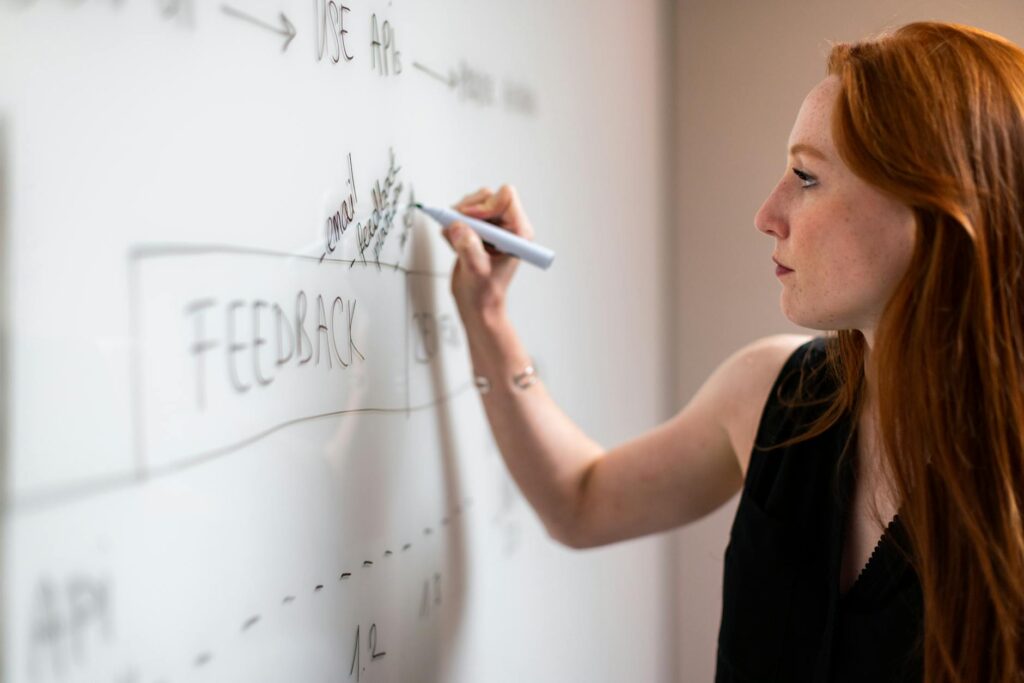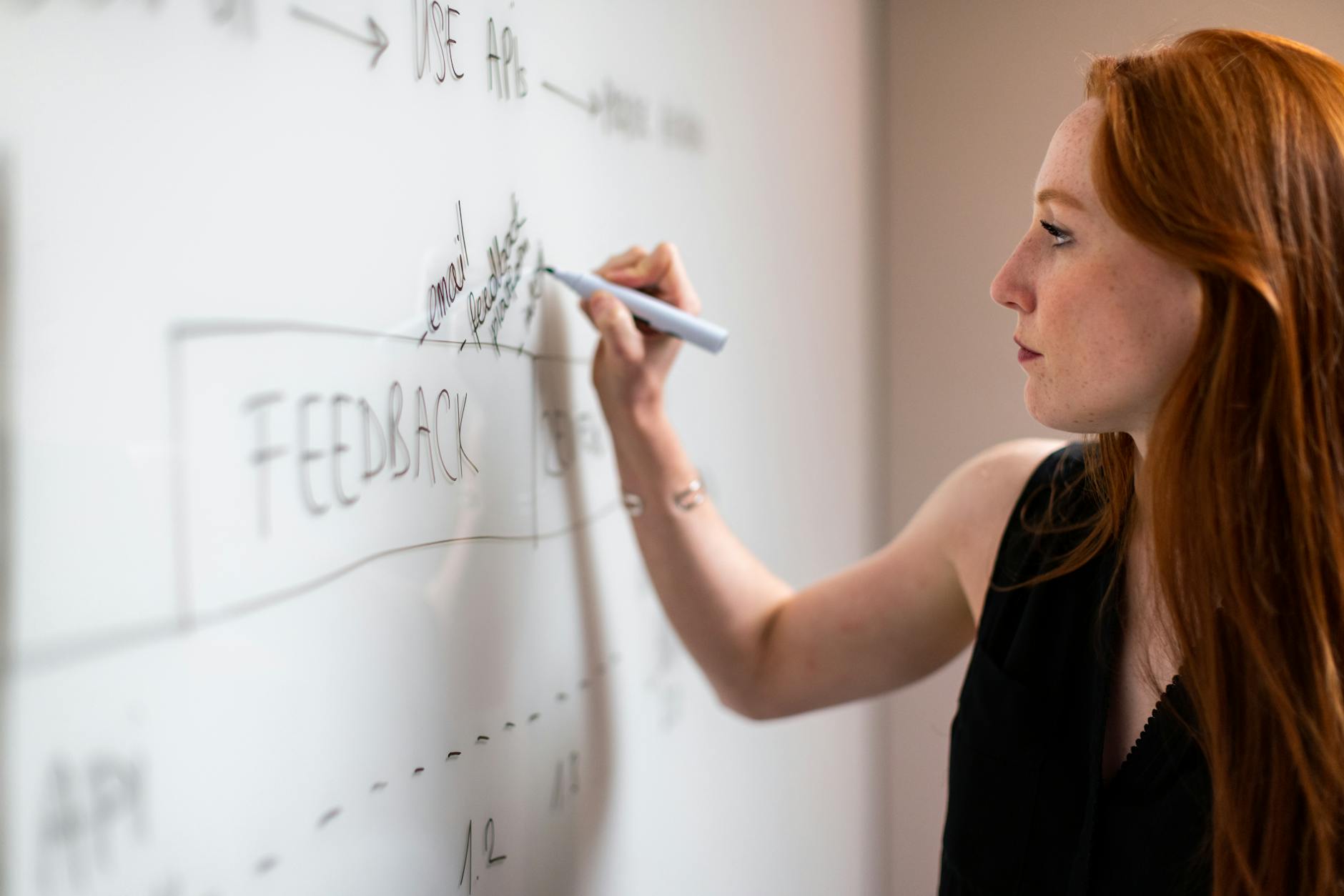What is feedback utilization?

What is feedback utilization?
Feedback utilization is a powerful concept that can significantly enhance both personal and professional growth. By effectively leveraging feedback, individuals can boost productivity, improve outcomes, and foster a culture of continuous improvement. It’s not just about receiving feedback; it’s about actively applying it to elevate your performance and achieve your goals.
Understanding Feedback Utilization
Feedback utilization refers to how individuals and organizations collect, interpret, and act on feedback to improve their performance. It involves a systematic approach to feedback that transforms insights into actionable strategies for growth.
The Definition of Feedback Utilization
Feedback utilization encompasses more than just acknowledging feedback. It involves analyzing, adapting, and implementing changes based on the information received. This process can occur in various settings, including workplaces, educational environments, and personal development. Whether it’s a manager providing guidance to an employee or a student receiving input from a teacher, the effective use of feedback is crucial for fostering improvement.
Importance of Feedback Utilization
Utilizing feedback effectively offers numerous benefits. It helps improve performance by providing direction on areas that need enhancement. Moreover, feedback fosters growth and learning, encouraging individuals to step outside their comfort zones. Engaging with feedback creates open lines of communication, ensuring that everyone involved can contribute to the overall development process. For further insights on the significance of feedback in personal development, check out this article on personal development and the power of feedback.
Types of Feedback
Understanding the various types of feedback is essential for effective feedback utilization. Each type serves a unique purpose and can be applied in different contexts.
Constructive Feedback
Constructive feedback is designed to help individuals improve by highlighting specific areas for development. It is characterized by its helpful nature, focusing on solutions rather than problems. For example, if a colleague presents a project, constructive feedback might involve offering suggestions for enhancing clarity or organization. This kind of feedback is invaluable for personal and professional growth.
Positive Feedback
Positive feedback reinforces desired behaviors, motivating individuals to continue performing well. It acknowledges achievements and strengthens confidence. For instance, a manager praising an employee for meeting a deadline can encourage that employee to maintain high standards in the future. Recognizing accomplishments through positive feedback fosters a positive work environment and boosts morale.
Peer and Self-Feedback
Peer feedback and self-reflection are integral components of the feedback utilization process. Peer feedback allows colleagues to share perspectives, fostering collaboration and mutual support. Self-feedback encourages individuals to assess their performance and identify areas for improvement independently. This dual approach enhances self-awareness and accountability, driving continuous improvement in personal and professional settings.
Strategies for Effective Feedback Utilization
To harness the power of feedback, it’s essential to adopt strategies that promote effective utilization.
Setting Clear Objectives
Establishing specific goals is crucial for guiding feedback utilization. When you have clear objectives, feedback can be tailored to meet those goals effectively. For example, if your aim is to improve public speaking skills, seeking feedback on presentation style and audience engagement can provide valuable insights that facilitate growth.
Creating an Open Feedback Culture
Fostering a culture where feedback is welcomed and encouraged can significantly improve outcomes. When individuals feel comfortable giving and receiving feedback, it enhances collaboration and innovation. An open feedback culture nurtures trust and ensures everyone is aligned with common goals. For more on building a feedback culture, explore this guide on giving and receiving feedback.
Regular Reflection and Adaptation
Regularly evaluating feedback and making necessary adjustments is key to continuous improvement. Setting aside time to reflect on the feedback received allows you to identify patterns and areas for further development. Adaptation means being open to change and willing to implement new strategies based on the insights gained. This iterative process ensures that feedback utilization remains dynamic and impactful.

Photo by ThisIsEngineering
Overcoming Challenges in Feedback Utilization
Despite its benefits, implementing feedback utilization can come with challenges. Understanding these obstacles is the first step towards overcoming them.
Misinterpretation of Feedback
Misunderstanding feedback can hinder progress. It’s essential to clarify any ambiguities when receiving feedback. Asking questions and seeking clarification can help ensure that the feedback is accurately interpreted and applied. This proactive approach minimizes the risk of miscommunication and maximizes the effectiveness of feedback.
Resistance to Feedback
Resistance to feedback, particularly constructive criticism, is common. Many individuals find it challenging to accept feedback due to fear or defensiveness. To manage this resistance, it’s crucial to foster a mindset that views feedback as a tool for growth rather than a personal attack. Encouraging an open dialogue about feedback can also help alleviate concerns and create a more receptive environment.
Conclusion
Feedback utilization is a critical skill for personal and professional development. By understanding its importance and employing effective strategies, you can transform feedback into a powerful tool for growth. Embrace feedback as an opportunity to learn, adapt, and excel. Remember, the journey of improvement is ongoing, and actively implementing these strategies can lead to remarkable changes in your life and career. Start utilizing feedback today to unlock your full potential!